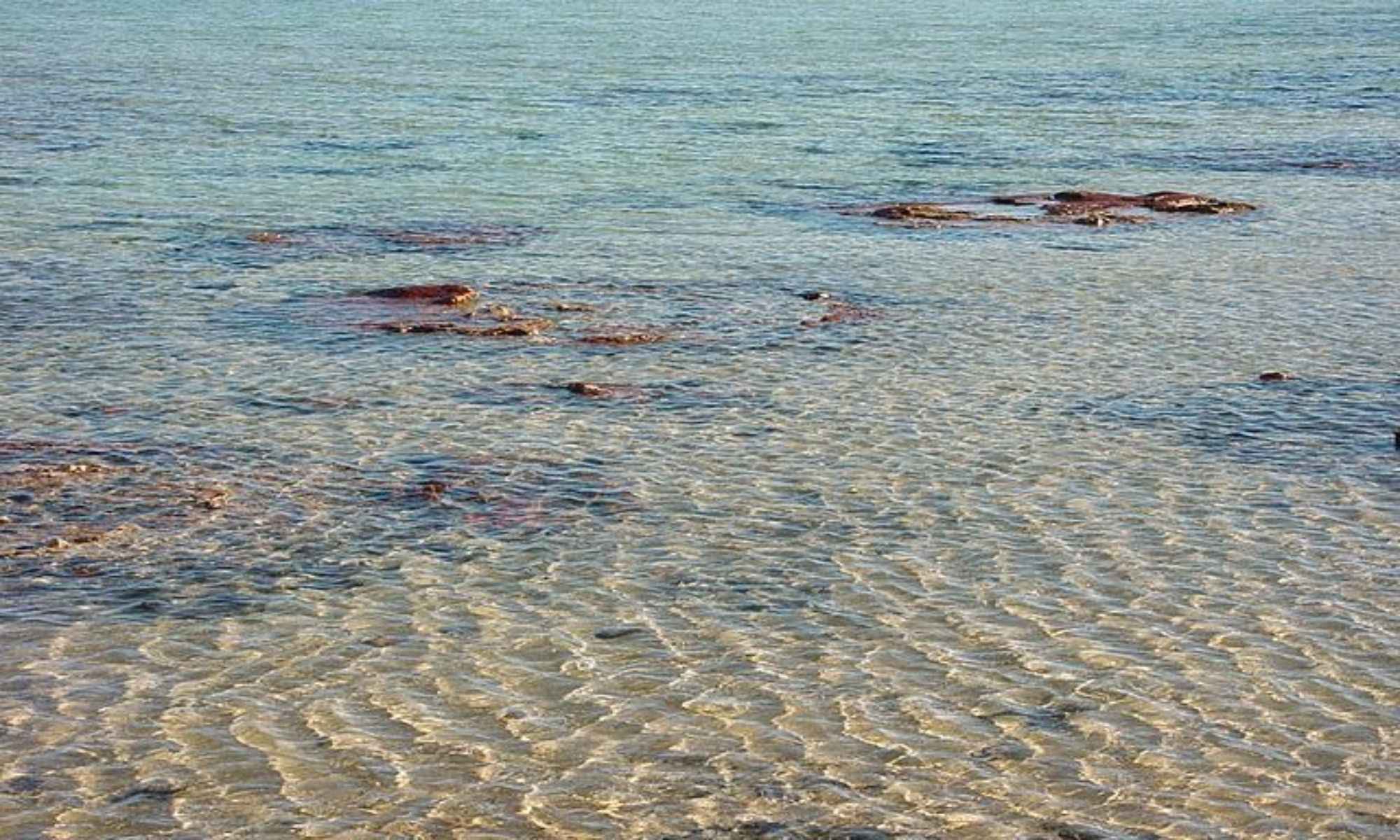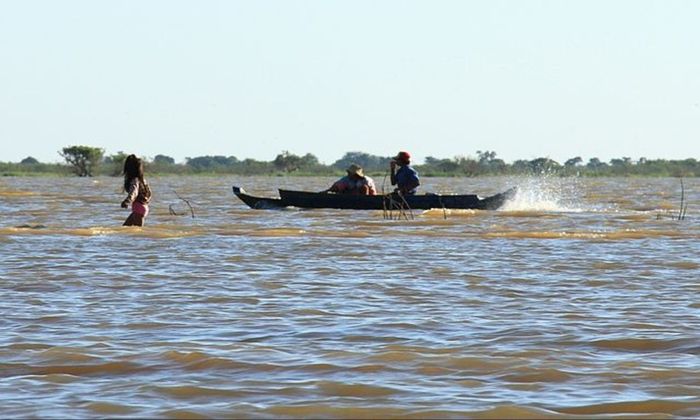Underwater Secrets: Exploring Shallow Water Fishing
Discover how shallow water fishing adventures are as worthy as trips out in deep lakes and oceans.

With several hundred miles of coastline throughout the U.S. and so many inland waters from which to choose fishing, it is just an issue of taking a liking to fish for shallow water to catch the biggest fish. You can find anglers in any shallow water area, from ponds, jetties, harbors, beaches, and even reef beds near the shore.
If you love fishing but have always done it in deep water, like deep sea fishing or bottom fishing, you should know that shallow water fishing is entirely different. Navigating through shallow waters will open you to new and exciting waterways, fish, and techniques that will leave you thinking that you don’t need to go too far to enjoy fishing tours anywhere in the country. Here are the basics of what you need to know about shallow water fishing and some tips that will help you get started:
Fish You Can Find in Shallow Water

Going on shallow water fishing adventures won’t leave you feeling lacking with the variety of fish species you can target, like what you would expect from the diversity of fish you can find in deep water. Some fish are native to shallow waters, while others migrate to those areas depending on the season, which would dictate their spawning and feeding habits.

If you’re fishing from coastal areas, you can find different types of fish, like; coastal fish, intertidal fish, estuarine fish, coral reef fish, and other nearshore species. These fish live close to the shore, usually in shallow waters about 10 meters or 33 feet deep. Using the Georgia Coast as an example, yellowtail amberjack, black sea bass, cobia, groupers, king mackerel, Spanish mackerel, red porgy, snappers, triggerfish, and wahoo all count as shallow water targets. For those who frequently go on freshwater fishing trips, bass are the most common fish you can find in shallow areas. They can be anywhere near the banks and swim around aquatic vegetation like lily pads. Bass river charters would likely teach you how to find them by anticipating their movements through the water’s surface.
Whatever waterway you’re fishing in, you’ll almost always find fish in the shallows because tons of vegetation, structures, and bait attract them. Knowing which season your target spawns also is an effective way to catch fish from the shallows because they set up spawning beds in spots near the bank or shore.
Shallow Water Fishing Tips
Anglers who usually catch fish by trolling the ocean floor or diving their baits or lures deep in the water column would need to learn the ropes of fishing in the shallows. Here are some tips you can use to increase your chances of success when shallow water fishing:
1. Choose Baits Carefully
The bait you use should be selected based on the water’s clarity. If you have muddy and murky water, you will do better with dark-colored baits like plastic worms. You can use something translucent or tinted yet see-through if the water is clear. It’s also important to use something lightweight that won’t make any big splashes that would scare the fish.
2. The Right Casting Method
Cast your line sidearm or underhand and pull back as your lure hits the water to reduce the splash. A powerful cast will disrupt the water’s surface, spooking the fish. Some fish can also detect sudden movements above the water, so any unnecessary or aggressive actions can cause them to swim away even before your line gets wet.
3. Use a Proper Boat
There are plenty of fishing boats that work well in shallow water. All you need to do is research what would work best wherever you’re fishing. Aluminum boats are great because they tend to be small and light, so there’s less displacement in the water. Bass boats have a shallow draft and shallow running draft. Bay and flats boats are excellent when you plan to go in shallow flats, backcountry creeks, bays, and remote areas. They’re naturally designed to run as shallowly as possible. Bay boats can handle bigger waves than flats boats, but the latter tend to have less draft. Jet boats also require less current because they don’t have drive units with propellers that go lower than the hull. But they won’t work well when you’re in grassy and weedy areas because they can clog up.

4. Maneuver Your Boat Slowly
If you’re going to areas with a lot of fallen branches or vegetation, you should carefully approach them with your vessel. Those areas are where fish tend to hang out, so a slow approach will prevent you from scaring them away. It’s your chance to drift fishing with your boat’s motor and other electronics turned off.
Shallow Water Fishing Charters
Explore what the country has to offer by finding and booking a fishing charter that will help you catch a ton of fish in the shallows in no time! Reel Shallow Fishn Charters takes you to the best inshore spots in Bayport, Florida. Reel Off Charters and Red Vision Fishing Charters create South Padre Island charter fishing experiences that let you target plenty of fish from the local lagunas’ top waters. Seize The Bay Fishing Charters offer inshore, nearshore, offshore, and flats fishing in Weeki Wachee.




